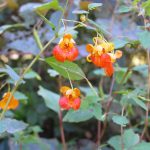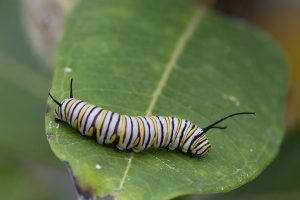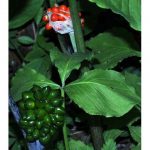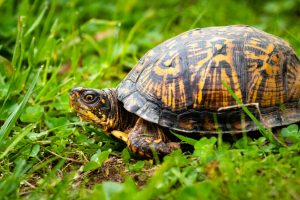Did anyone else blink and realize it’s August?! What could easily be one of the busiest times of the year – from checking off those final summer projects to getting the kids ready to go back to school – August can certainly feel a little frantic at times. The sense of summer ending is mixing with the anticipation of fall.
But wait, don’t rush it!
August is the bridge between between Summer and Autumn – between how the year has been and how the year will end.” – @positivelypresent
Sometimes, we all just need a little reminder to slow down and enjoy the moment we’re in. If you’re looking for some ideas of how to ground you to this beautiful time of year, try tapping into the power of observation. Go take a walk in the woods or stare at the night sky to see if you can spot any of these natural marvels that are unique to the summer wind down.

- Early and mid-summer blooms are fading, so the hummingbird is searching for new sources of nectar. Fortunately, jewelweed (also known as spotted touch-me-not) is in bloom and its flowers are the perfect shape for the hummingbird’s long beak! And of course the hummingbird isn’t just taking and not giving – it’s serves as one of the main pollinators of jewelweed.
- The annual Perseid meteor shower is one of the most beloved meteor showers of the year, especially in the Northern Hemisphere, where the shower peaks on warm summer nights. No matter where you live worldwide, the 2019 Perseid meteor shower will probably produce the greatest number of meteors on the mornings of August 11, 12 and 13.

Photo Credit: DNR
- Some adult Monarch butterflies are taking wing, while their caterpillars are still feeding on the leaves of milkweed plants. A female monarch will only lay her eggs on one of the many varieties of milkweed. Here in Pennsylvania, the native varieties include common milkweed, ornamental milkweed and swamp milkweed. Native milkweed species are the only plant these caterpillars will eat.
- In white-tailed deer, testosterone is rising as the bucks prepare for mating season. Their antlers are now hardened, and bucks are beginning to remove their antler velvet by rubbing against tree branches.

Photo Credit: Wildflower.org
- On the forest floor, the red berries of the jack-in-the-pulpit (Arisaema triphyllum) are easily seen. These showy, bright red berries have the consistency of a ripe tomato, and are an attractive food source for birds such as thrushes, rodents, and other small mammals.
- Box turtle eggs are hatching! The shells of the baby box turtle are only about the size of a quarter. Although, they are predominantly terrestrial and live in a variety of vegetative areas, including shrubby grasslands, marshy meadows, open woodlands and field forest edges. They are often found near streams or ponds, or areas that have experienced heavy rainfall.

Photo Credit: ChesapeakeBay.net

- In late August, Chicken-of-the-woods, (Laetiporus sulphureus), also known as sulfur shelf mushroom, fruits on the decaying tree stumps or even on the trunks of trees. They are bright orange above and bright yellow underside, growing in a shelf-like form, often in large clumps. It picked up its common name, because when foraged and cooked correctly, it supposedly tastes like chicken!
I hope these little natural nuggets of information inspire you to get outside, explore, and connect with the season of now.


Especially enjoyed these ideas on what to watch for now! Thanks!
Thanks for the feedback, Kay! Happy hunting! 🙂